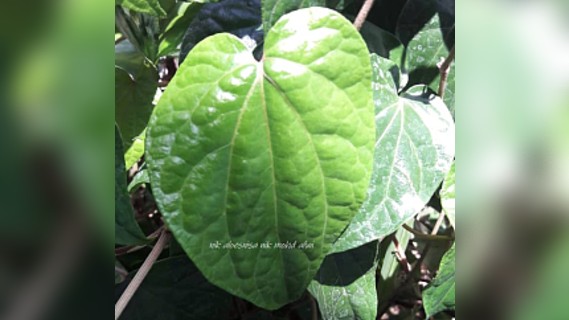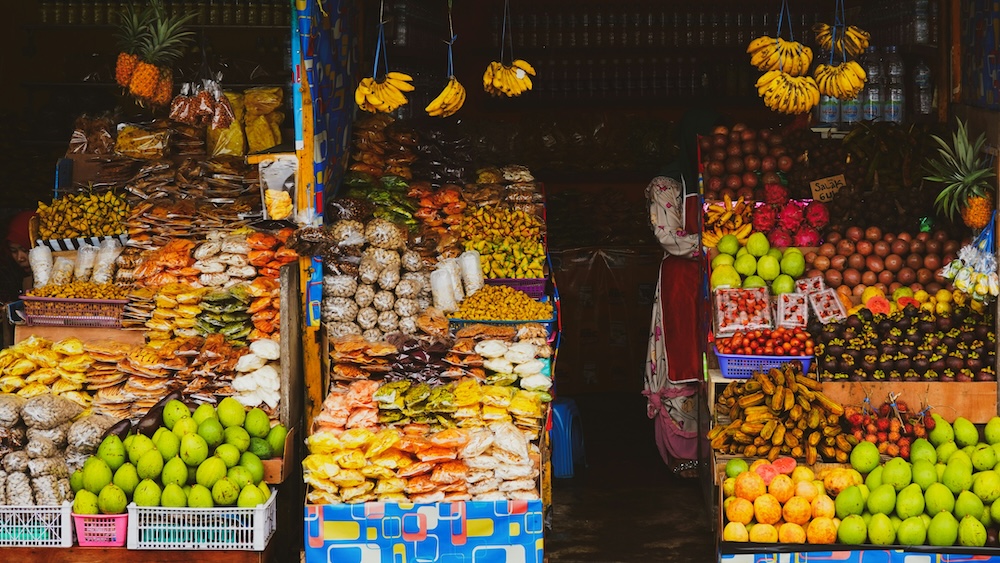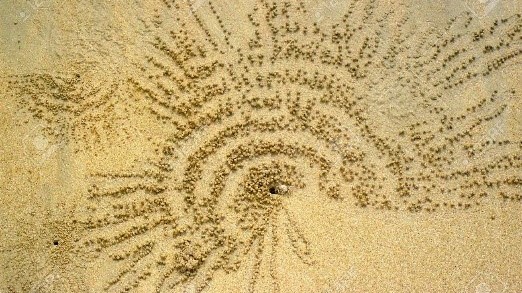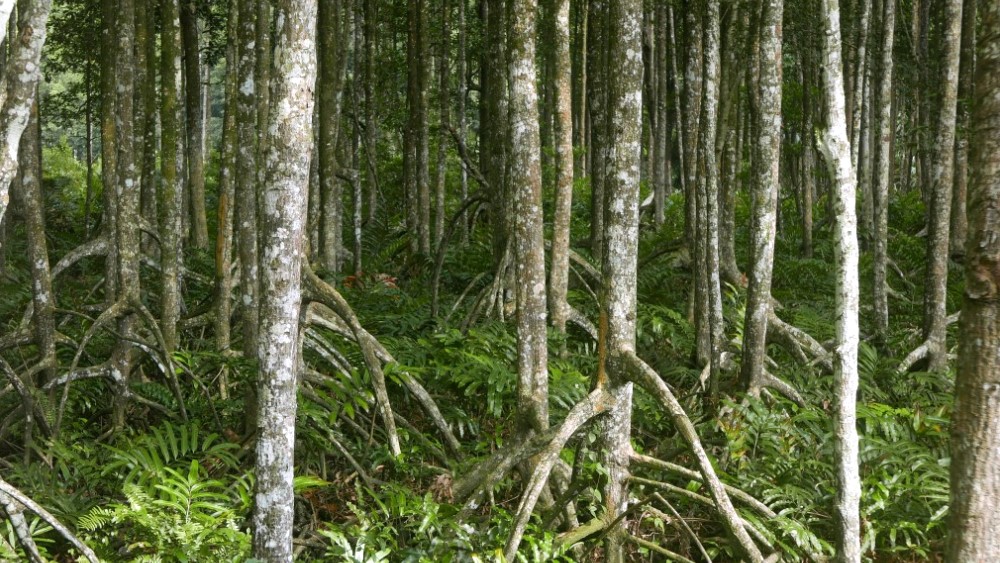Science is getting harder to read. To begin with, scientific writing is full of obscure acronyms, jargons, and language that are only comprehensible to scientists and few others. This is usually followed by long, exhaustive texts where the authors use advanced terms sometimes without explaining what they mean and structure sentences in the least straightforward way imaginable.
Many academic papers skip the process of defining basic terms and concepts as most authors assume that their work will only be read by other scientists in their field but at times, even the scientists themselves are finding these writings a struggle to comprehend.
To make science more digestible, scientists, scholars, educators, and practitioners continually look for ways to communicate data, numbers, and the right message across to the public and policy makers, in an engaging and effective manner.
There is mounting evidence to show that the arts can deeply engage people by focusing on the affective domain of learning (i.e., engagement, attitude, or emotion) rather than on the cognitive domain (i.e., understanding, comprehension, or application), which is often emphasized in science. Brain scan studies reveal that the sight of something attractive can trigger the part of the motor cerebellum that governs hand movement. Instinctively, we reach out for attractive things; beauty literally moves us.
Laws of attraction
The role of art in attraction and communication runs deep right into the heart of nature. The white-spotted pufferfish (Torquigener albomaculosus) constructs visually appealing geometric circles in the sand to attract its mate and signal is preparedness for mating (Fig. 1). The male Satin Bowerbird (Ptilonorhynchus violaceus) also skilfully designs and builds colourful nests to attract its mate once mating season approaches (Fig. 2). Fiddler crabs (Uca spp.) create balls from sand and mud for display to attract the attention of females (Fig. 3). All these, besides the array of largest, boldest, and brightest morphological traits, males themselves exhibit create the attraction and an impression.
In the same way, humans like art and things of beauty. We like seeing art, we like hearing art, and we like making art. As it turns out, humans may be biologically predisposed to appreciate art, which may explain why we are so in love with it. Art can stimulate physiological responses, such as the changes in brain chemistry and spark psychological reactions. It can expose its audience to new ideas, concepts, and ideologies, establish a connection between the viewer and the artist, make the audience feel like a part of something larger, and offer an escape. Art is universal as it transcends cultural divisions and transmits the same message to diverse groups of people, and, of course, art is aesthetically pleasing.
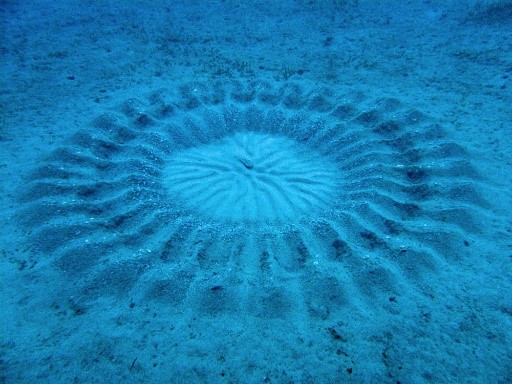
Fig. 1. The male pufferfish (centre) in its nest constructed from seafloor sediments. Source: Portegys, 2019.
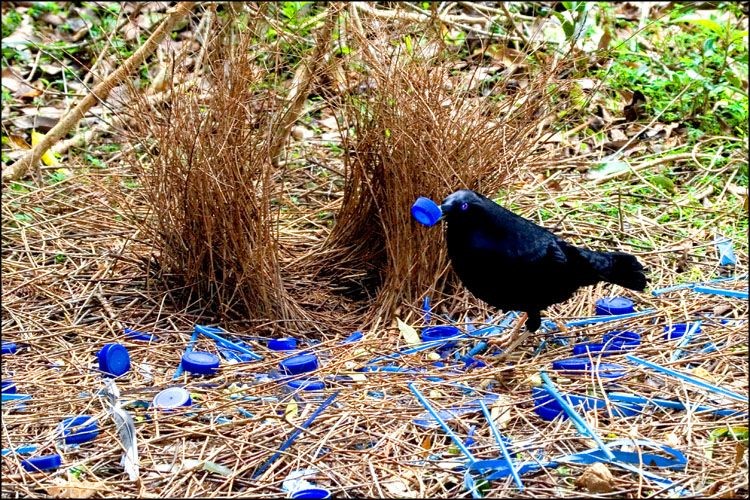 Fig. 2. The male Satin Bowerbird decorating its nest. Source: BirdWatching Magazine.
Fig. 2. The male Satin Bowerbird decorating its nest. Source: BirdWatching Magazine.
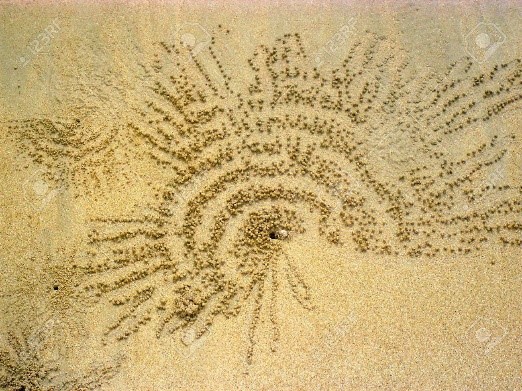
Fig. 3. A nest built by fiddler crabs. Source: www.123rf.com.
The artistic way of communicating science
It is based on this that there is a rise in utilizing art as a tool to communicate science without being limited by text or words. Art has worked to bridge the gap between people and the environment, in the form of poetry, prose, paintings, and sculpturing. Leonardo Da Vinci illustrated his creative inventions and ideal proportions of the human body. Charles Darwin drew in his field notebooks, noting how the beaks of finches in the Galapagos were so different from one another. Ralph Waldo Emerson wrote on the tonic of wilderness and the importance of reconnecting with nature. These famous examples of people using forms of art to study and promote nature are far from the only instances of using art to communicate scientific ideas.
Today, a much greater diversity of artists and scientists promote the message of beauty in nature in various ways, focusing on engaging audiences on an emotional level and establishing a cultural and environmental awareness. Youth art contests such as the CreateCOP26, within the framework of the UN summit, aims to raise awareness and inspire the climate debate. Art galleries have joined in effort to raise awareness on the climate emergency and museums are exploring projects with synergies between contemporary art and science to propose innovative approaches to raising awareness of climate change.
USM spearheading scientific arts
In Universiti Sains Malaysia (USM), researchers are shedding light on the importance of arts in communicating science and creating awareness on nature conservation through the specially designed panels that mimic nature to create habitat for coastal and marine organisms on man-made structures such as seawalls, breakwaters, and rock revetments. Scientists, engineers, and artists on this project are using 3D technology and sculpturing techniques to design aesthetically attractive and ecologically functioning panels that would provide shelter as well as breeding and feeding spaces for marine life and serve as conversations starters for the public (Fig. 4).
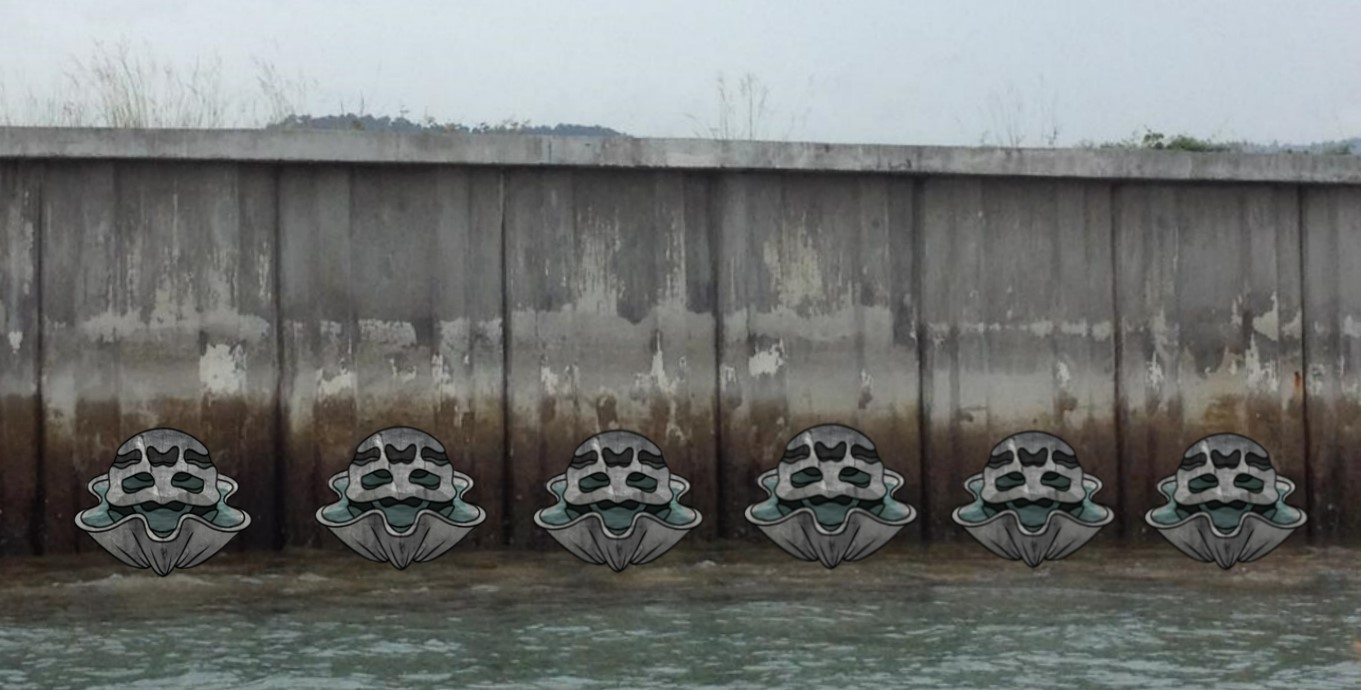
Fig. 4. Bespoke habitat panels designed to promote biodiversity on a seawall along the east coast of Penang Island. Picture by Amanda Chong.
In 2016, the 'Orang Utan' sculpture made by students from USM School of the Arts emerged as the champion at the 3R Sculpture Competition organised by SWCorp Malaysia, in conjunction with a carnival held by the Ministry of Housing and Local Government (Fig. 5). This sculpture was created using recycled tires collected around Penang Island to emphasizes on recycling/upcycling to reduce waste that enter into natural environments and to raise awareness on environmental sustainability. The sculpture is also meant to bring to attention the exploitation of natural resources which brings harm to the endangered species like Orang Utan and biodiversity as a whole.
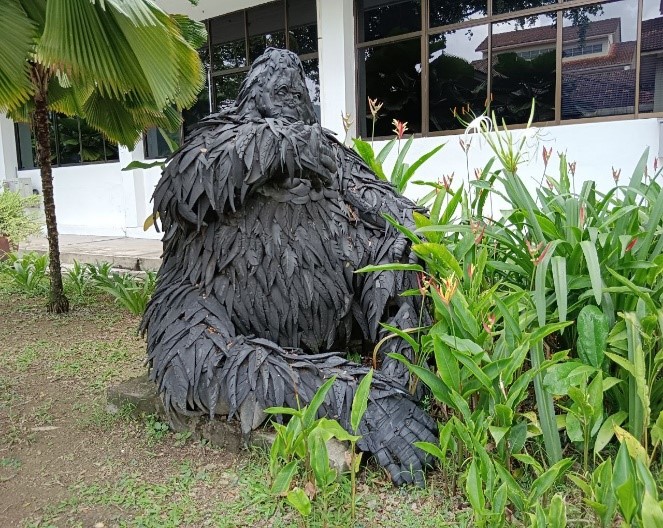
Fig. 5. Orang Utan (2017)- Created by Putri Amrizal, Ain Munirah, Hafizah Rosli, Intan Eva Natasya, Norfatihah Yusof, Reeshani dan SM Raja.
More recently, the ‘Sugarcane Waste Sandal’ by Zahirah Zakery (Fig. 6) and the ‘Rice Straw Tote Bag’ by Syamimi Suki (Fig. 7), were created through the industrial design process and scientific experiments on natural materials. Bio-waste materials were turned into useful daily products that can be produced without much energy or the use of high-technology machines. Apart from enhancing the potential use of waste in agriculture, these projects were carried out to mitigate the issue of open burning which is often carried out by farmers to eliminate the waste from the agriculture.
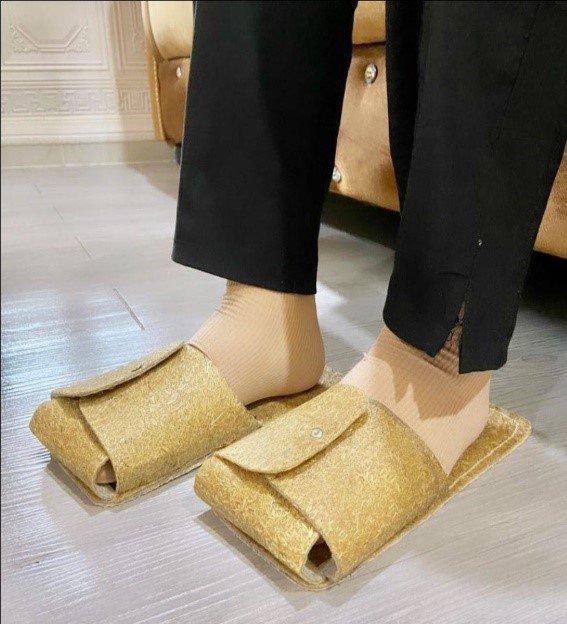
Fig. 6. Sugarcane-Waste Sandal (2022) by Zahirah Zakery
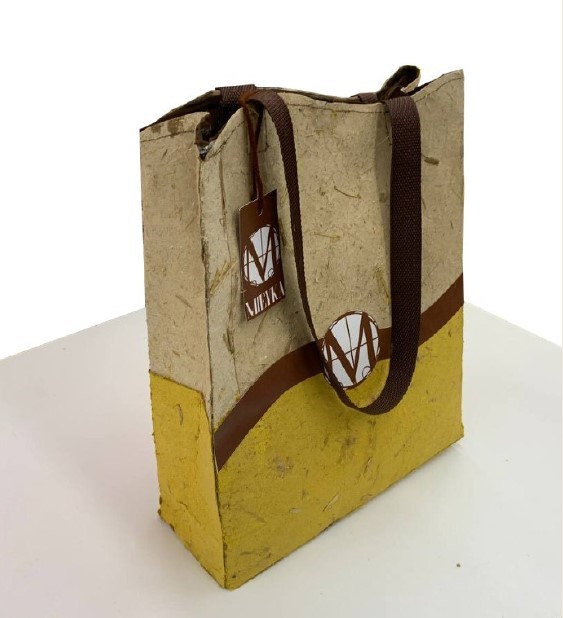
Fig. 7. Rice Straw Tote Bag (2022) by Syamimi Suki
In conclusion, whether the merge of art and science relies on materials that connect us with nature through sculptural artwork, detailed illustrations of nature for botanical textbooks, or even everyday items, these interesting images and forms can inspire a more diverse variety of viewers to look deeper into important issues. Furthermore, artists are always looking for new stories to tell and scientists need to communicate with the audience those artists have already reached. Through the appreciation of beauty in the small things, both science and art are vital to the culture of our society and work best in combination.



